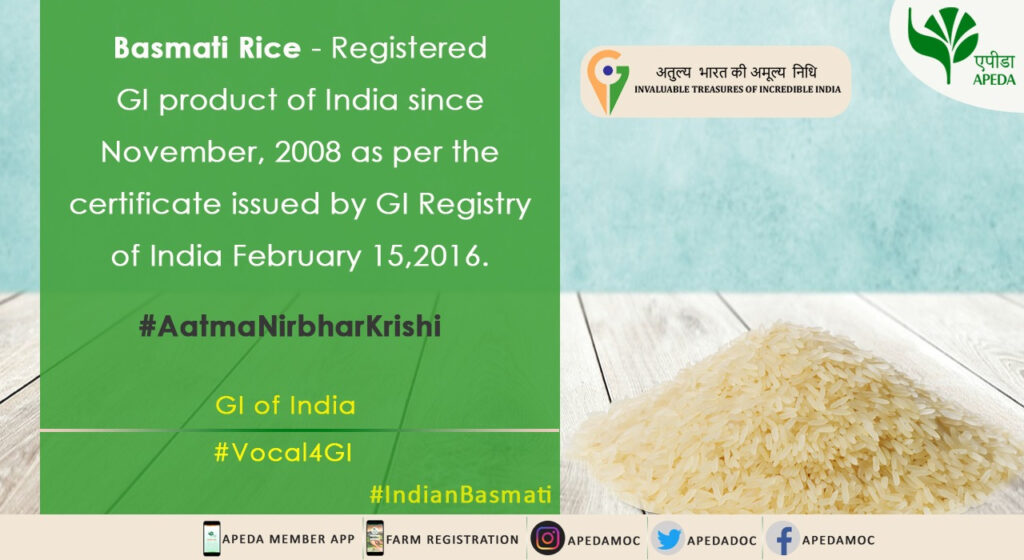Export ban on non Basmati white rice lifted (MAINS – ECONOMY : Food Security)

Why in News?
The government’s decision to lift the ban on non-basmati white rice exports, along with the introduction of a minimum export price (MEP) of USD 490 per tonne, marks a significant policy shift. This move comes after a ban that was in place last year, with the aim of bolstering domestic supply.
Why Remove the ban now?
1. Higher sowing: As per the agriculture ministry, the area under paddy was reported at 413.50 lakh hectares. The increase has been reported from Uttar Pradesh, Madhya Pradesh, West Bengal, Haryana, Jharkhand, Bihar and Chhattisgarh.
2. Record production: India’s total rice production (kharif, rabi and summer) is estimated to reach 137.82 million tonnes during 2023-24, 1.5 per cent higher than last year.
3. Declining wholesale prices, stable retail inflation: The wholesale price of rice declined, while the Consumer Price Index-based retail inflation remained stable.
4. Surplus stocks: The Food Corporation of India data show that the rice stock in the Central pool is much higher than the buffer stock, which requires maintenance.
Who will be impacted by the move?
- The lifting of the ban will help traders, as well as farmers who grow premium non-basmati varieties like Sona Masoori.
- For domestic consumers, elevated retail prices may go up further.
Daily Current Affairs- Mains Question
1. What are the reasons for removing the ban on non-basmati rice export by India and what are its implications?


